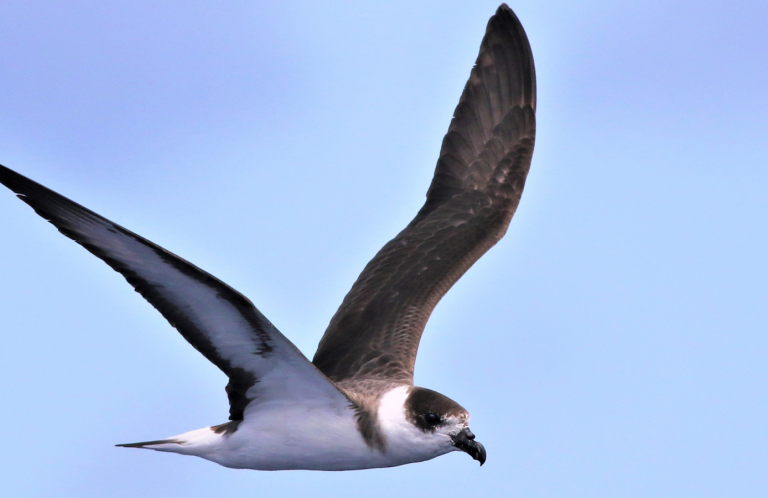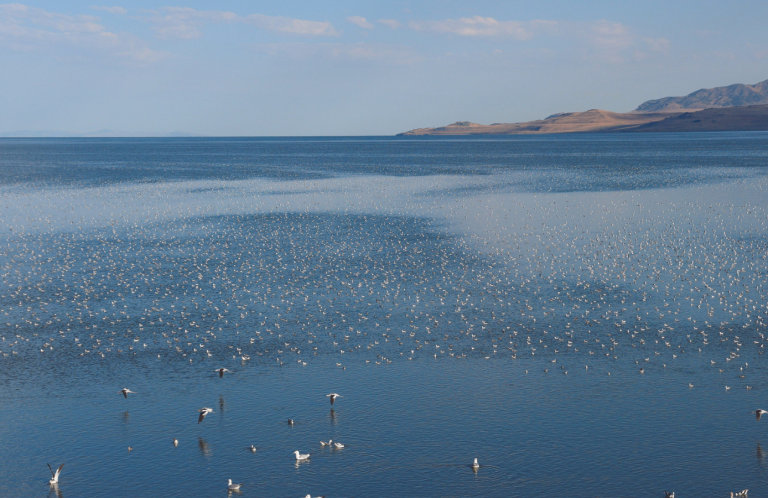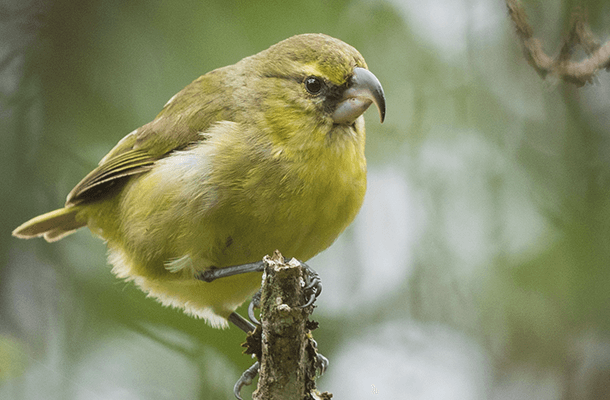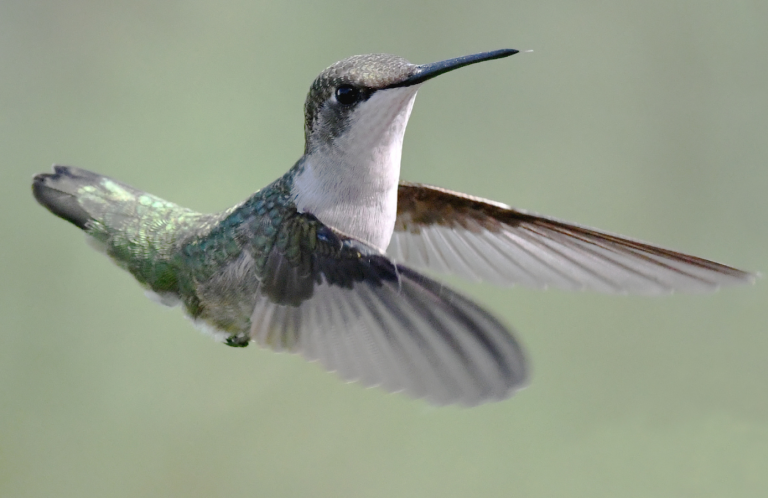Agreement for Seabirds Gets Another Look in Congress
Albatrosses and petrels are among the most threatened seabirds in the world. Loss of habitat is partly to blame, but these birds that spend most of their lives at sea are also acutely vulnerable to fishing operations: An estimated 720,000 seabirds die every year after being hooked on fishing lines or entangled in gillnets.
New legislation now pending in Congress would implement in the United States a multilateral agreement that protects 31 species of seabirds from worldwide fishing threats. The Albatross and Petrel Conservation Act, introduced last week by Rep. Alan Lowenthal, a Democrat from California, would put into effect the Agreement on the Conservation of Albatrosses and Petrels (ACAP), which 13 member countries have signed since 2001. Among the species protected are Short-tailed Albatross, Laysan Albatross, and Pink-footed Shearwater.
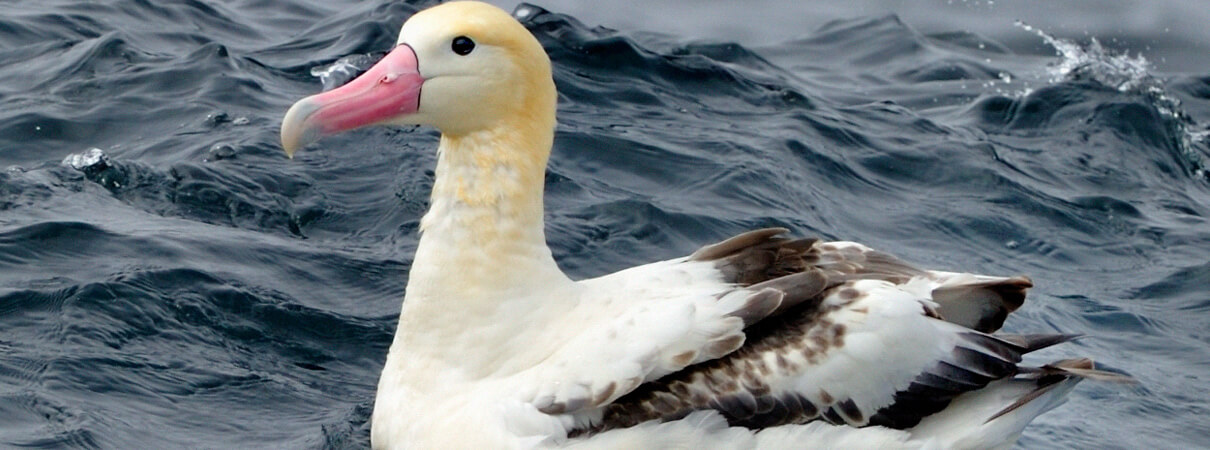
Short-tailed Albatross by Kirk Zufelt
ACAP protects albatrosses and petrels by coordinating international activities—conservation measures, research, the exchange of information, and increased public awareness—that benefit these birds. President George W. Bush first asked the U.S. Senate to ratify the agreement in 2008. Although President Obama has listed it as a priority, the Senate has yet to take action.
By acceding to the ACAP agreement, the U.S. can urge other nations to adopt strong conservation standards and take steps to make sure foreign fishing vessels follow international conservation measures protecting endangered seabirds, Lowenthal said in a statement last week. “This is a golden opportunity for the United States to improve wildlife conservation not just here at home, but around the world,” the congressman said.
Stronger Protections for Seabirds
Demand for large ocean fish is at an all-time high. As a result, fishing fleets using longlines or gill nets scour the oceans, unintentionally netting or snagging hundreds of thousands of albatrosses and other seabirds, including Waved Albatross, on baited hooks.
The lines used can reach up to 60 miles long, carrying as many as 30,000 hooks baited to catch tuna, swordfish, cod, halibut, and other fish. While the lines are being set, birds grab the bait, become stuck on the hooks, and drown. In the U.S., gill nets are used in the Mid-Atlantic for shad and in the Pacific for salmon. These nets also inadvertently catch birds, which drown when they become entangled.
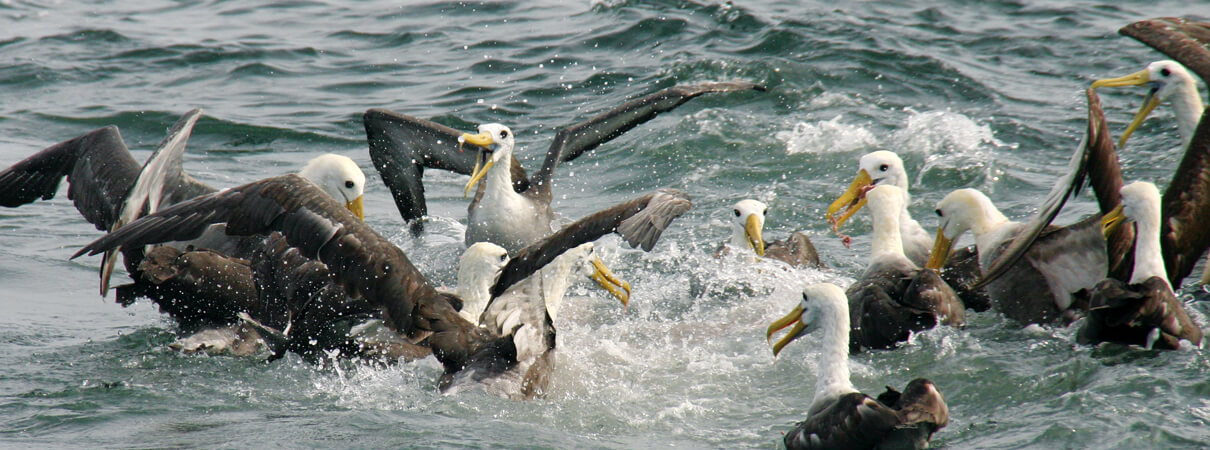
Waved Albatross by Jeff Mangel, ProDelphinus
Although the U.S. has been a leader in reducing fisheries bycatch, this legislation, if adopted, would further amplify American efforts to protect endangered seabirds around the world. The law would authorize the U.S. Fish and Wildlife Service and the National Marine Fisheries Service to take several important steps in conserving seabirds, including the implementation of fisheries conservation measures; increased enforcement of international fisheries; and the restoration of habitat.
ACAP is the foremost international agreement that brings countries together to ensure the future of imperiled albatrosses and petrels, said Darin Schroeder, Vice President of Government Relations at American Bird Conservancy. Because the U.S. already complies with the requirements of the ACAP, becoming a party to the agreement will allow the U.S. to be recognized as a world leader in seabird conservation and push other countries to adopt similar conservation measures.
“Our membership in this international agreement will encourage best practices to reduce accidental take of albatrosses and petrels by other nations that often supply fish to American consumers,” Schroeder said. “This will ensure environmental compliance for all fisheries, as well as reassurance for American consumers who are concerned about the sustainability of the fish they are purchasing."
Thirteen Countries Support ACAP
ACAP took effect in 2004, and currently has 13 parties: Argentina, Australia, Brazil, Chile, Ecuador, France, New Zealand, Norway, Peru, South Africa, Spain, the United Kingdom, and Uruguay. It is one of several treaties under the Convention on Migratory Species, also known as the Bonn Convention.
The U.S. participated in the negotiation of ACAP due to an interest in seabird conservation, our status as a “range state” of several of the species covered by the agreement, and because the activities of some American fishing vessels result in the incidental catch of albatrosses and petrels. Since the agreement entered into force, the U.S. has participated in ACAP meetings as an observer but has had limited influence on proceedings.
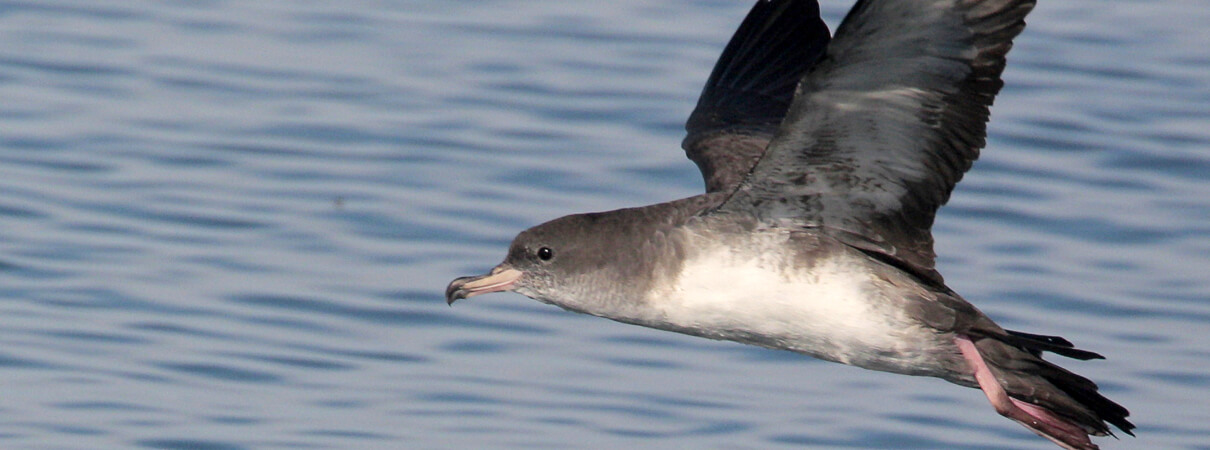
Pink-footed Shearwater by Greg Lavaty
Becoming a party to the agreement would provide the U.S. with voting rights and the opportunity to pursue conservation goals for seabird species of particular concern here, such as the Short-tailed Albatross. The U.S. would also have the ability to influence international standards for minimizing the incidental catch of seabirds in fisheries operations elsewhere in the world.
Reducing the Threat of Bycatch
As Congress considers this proposal, ABC continues to work to lessen the impact of seabird bycatch. We do this by providing expert advice on mitigation techniques and by putting in place real solutions that help birds.
ABC recently developed a new website, for instance, to aid fishermen looking to improve the sustainability of their catch and avoid harming seabirds. The website's mapping tool helps fishers understand where and when the greatest interactions with seabirds may occur.
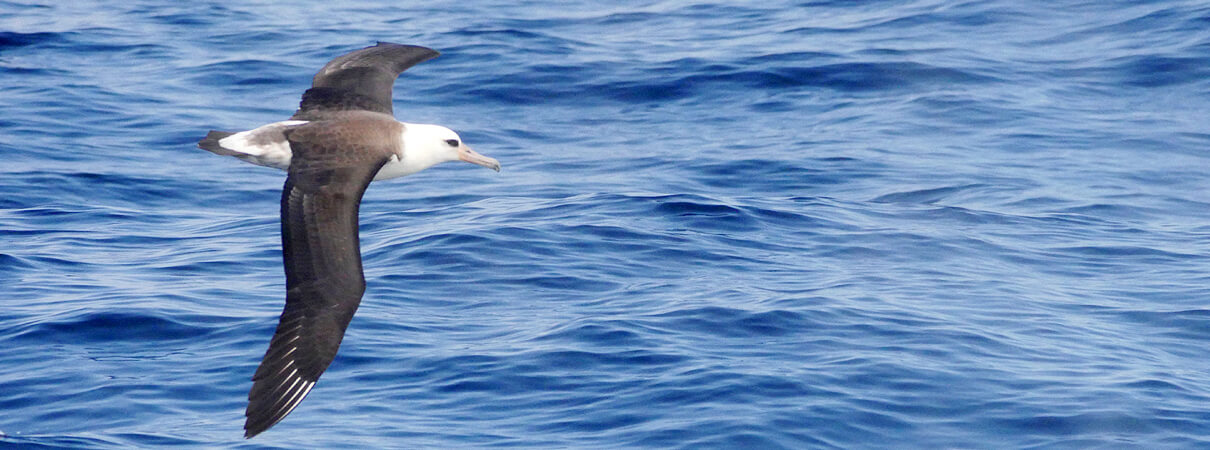
Laysan Albatross by Don Desjardin
We are also working to bring about simple and inexpensive changes in fishing practices to protect the world's albatrosses and petrels. One new technique is already reducing fisheries' impacts on Waved Albatross and other birds by reducing the time fishing lines are exposed in the water, where they attract and hook seabirds. This simple apparatus is now being used in the small boat artisanal hake fisheries in Ecuador.
Seafood labeling, such as the Marine Stewardship Certification seal, is useful in helping consumers select sustainably harvested seafood. But these programs do not always include avoidance of seabird bycatch as criteria for certification. We are working with organizations such as Monterey Bay Aquarium and the Sustainable Fisheries Partnership to incorporate seabird bycatch information in evaluations of non-certified fisheries.
Editor's note: You can help America's seabirds by contacting members of Congress and urging their support for the Albatross and Petrel Conservation Act of 2016 (HR 4480).





































